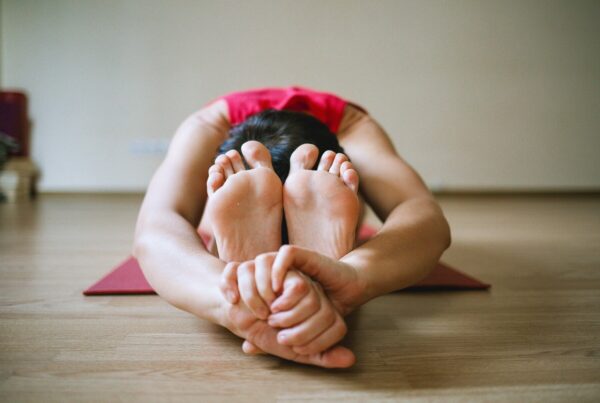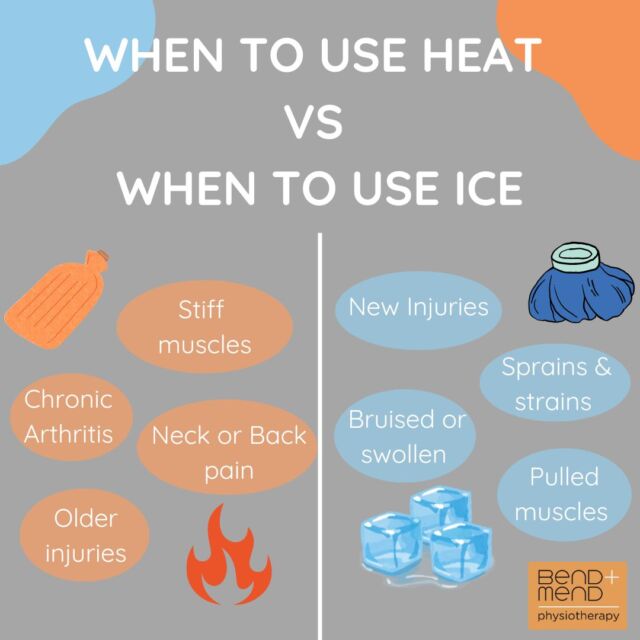One extremely common injury in the sporting world is the “corked” thigh. Cork is the colloquial term given to a muscle contusion. A cork usually results from a high impact force such as a rugby tackle or a hard cricket/hockey ball making contact with a player’s limb. The high impact of contact causes damage to the muscle fibres resulting in a bleed in the area (haemorrhage). Although corked thighs are most common, calf and upper arms are also frequently injured.
Injured players will experience a degree of pain and reduced range of motion of the limb involved. A mild cork for a player may only result in some minor pain at the time of the injury and often they will be able to play through the discomfort. A more serious cork usually results immediately in increased swelling, significant pain and the player may also have issues weight-bearing on the injured limb. The severity of the cork will affect the management and the amount of time the player will require off the field before they can return to their sport.
Immediate management (up to 48-72 hours post injury) of a cork utilises the RICER principle – Rest, Ice, Compression, Elevation of the injured limb and Refer on to a qualified professional. An ice pack can be applied for 20 minutes every 2 hours, compression garments such as tubi-grip or skins can be used to help limit swelling and bleeding in the area of concern. As well as this, the NO HARM principle has been adopted which implements NO Heat, Alcohol, Running or Massage to the affected area as all of these can promote bleeding into the area which is exactly what you’re trying to STOP! Occasionally, with a more serious cork a player may require crutches to help unload the affected limb to prevent bleeding and reduce pain.
To help the player return to their sport as soon as possible, pain-free light stretching should be implemented as soon as possible to help regain the lost motion of the affected limb. Depending on the severity of the cork, strengthening of the injured muscle should also begin 2-7 days post injury, starting with isometric training. In an ideal world the injured player would return to play once full range of motion and strength had returned.
In the case of a more severe cork, and even more so if it is poorly managed, there is a risk of developing “myositis ossificans”; which is just a fancy word for the formation of a small bone in the area of the injury. Common symptoms of this bony formation can include:
- Night and morning pain
- Stiffness and loss of movement
- Pain on muscle contraction
- Palpable firm lump/bump in the muscle
X-ray and bone scans can be completed to confirm the diagnosis of myositis ossificans.
Some research has shown the growth of the bone will stop at about 6-7 weeks post injury. After this point, in most cases, the bone will then begin to break down and be reabsorbed by the body, however this can take up to 12 months.
If you experience a cork, make sure you have it examined by your CBD Sports Physio to ensure the correct management and rehabilitation is undertaken. And always start with the RICER and NO HARM principles in the initial management. The Physios at Bend + Mend are happy to see you at either our Martin Place or Barangaroo – King Street Wharf clinics.







